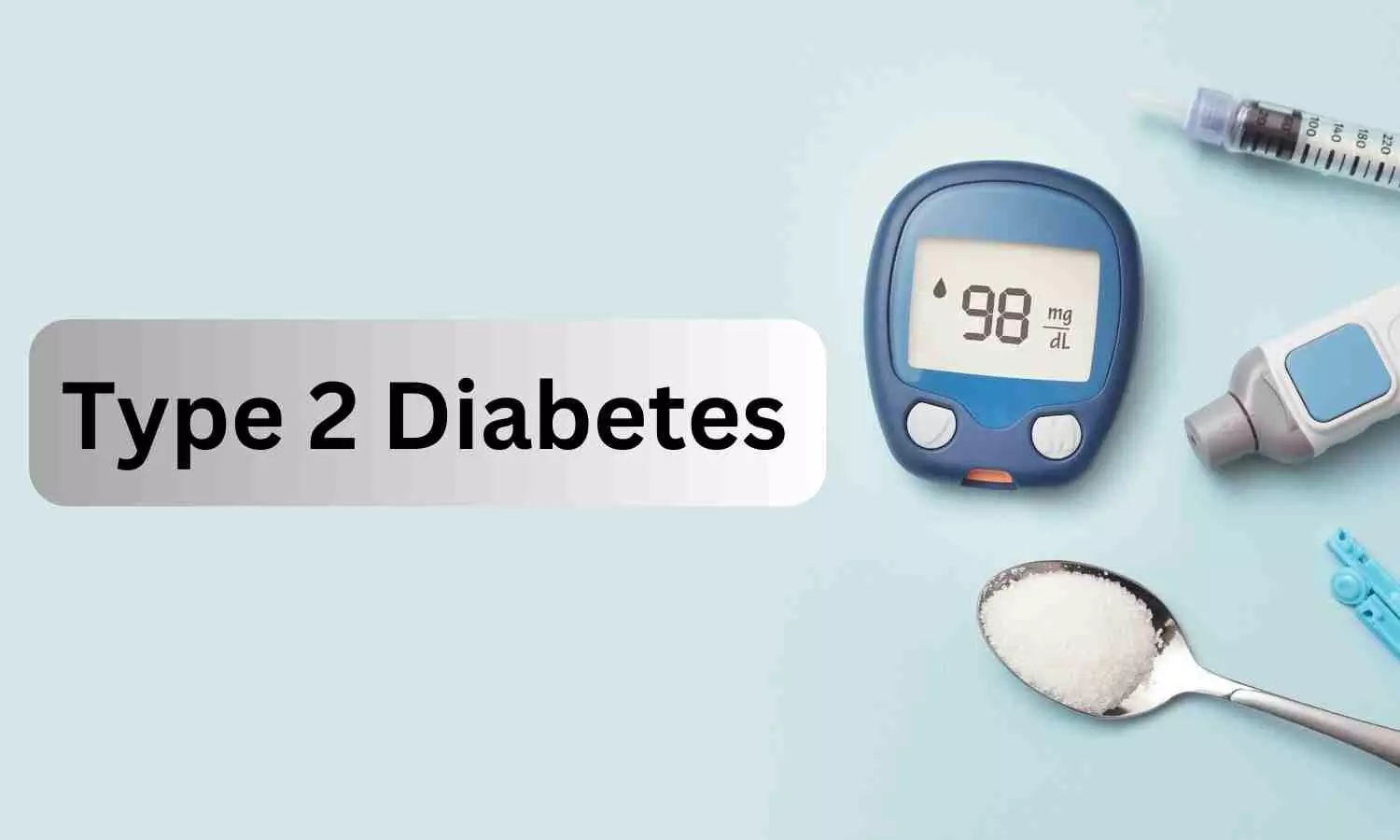Dehydration in elderly may increase risk of intracerebral hemorrhage and stroke: Study

A new study published in the Journal of Stroke and Cardiovascular Diseases showed that dehydration was associated with an increased risk of stroke in a large sample of persons aged 80 and over.
Stroke is still a major cause of morbidity and death globally, and early clinical status and modifiable risk factors have a significant impact on outcomes. It is becoming more widely acknowledged that dehydration, a prevalent but sometimes disregarded ailment in hospitalized and elderly patients, may have a role in the severity and recovery of stroke.
Dehydration can exacerbate ischemia damage by increasing blood viscosity, promoting thrombus formation, and impairing brain perfusion. This study looked through a sizable database to see whether dehydration and stroke are related. Adults 80 years of age and older who had medical visits prior to the pandemic, from January 1, 2018, to December 31, 2019, made up the research population.
Laboratory test data and ICD-10 diagnostic codes were used to identify the dehydration cohort. Based on ICD-10 codes, outcome measurements included one of 3 stroke types: transient ischemic attack, ischemic stroke, or intracerebral hemorrhage. A subanalysis was conducted on people with diabetes.
This study found a total of 563,476 of the 3,125,610 people aged 80 and above were dehydrated. There were 443,450 diabetics and 101,661 dehydrated people. In both groups, the dehydration cohorts were somewhat older (82.7 vs. 82.4, p <0.001), slightly more female, and non-Hispanic white.
Dehydrated people had 1.98–3.99 times the risk of stroke after adjusting for common covariates in propensity score matching: ischemic stroke (OR=1.98, 95% CI=1.9-2.07), TIA (OR=2.88, 95% CI=2.74-3.28), and intracerebral hemorrhage (OR=3.99, 95% CI=3.41-4.67). The diabetic group experienced ischemic stroke (OR=1.97, 95% CI=1.81-2.16), TIA (OR=2.81, 95% CI=2.33-3.39), and intracerebral hemorrhage (OR=6.76, 95% CI=4-11.42).
Overall, in this sizable sample of 3 million people, as well as in a subset with diabetes, a substantial correlation between dehydration and stroke was discovered. The risk of dehydration in older persons is increased by both the physiological changes associated with natural aging and drugs used to address cardiovascular stroke risk factors. Blood viscosity may account for the link between ischemic stroke and TIA, but the intracerebral hemorrhage correlation is unexpected. Future research ought to assess if better hydration results in fewer strokes.
Source:
Hamrick, I., Tuan, W.-J., Harker, P., Adogwa, O., & Hyacinth, H. I. (2025). Association between dehydration and stroke, a retrospective cohort study of a large database. Journal of Stroke and Cerebrovascular Diseases: The Official Journal of National Stroke Association, 108430, 108430. https://doi.org/10.1016/j.jstrokecerebrovasdis.2025.108430
Powered by WPeMatico









